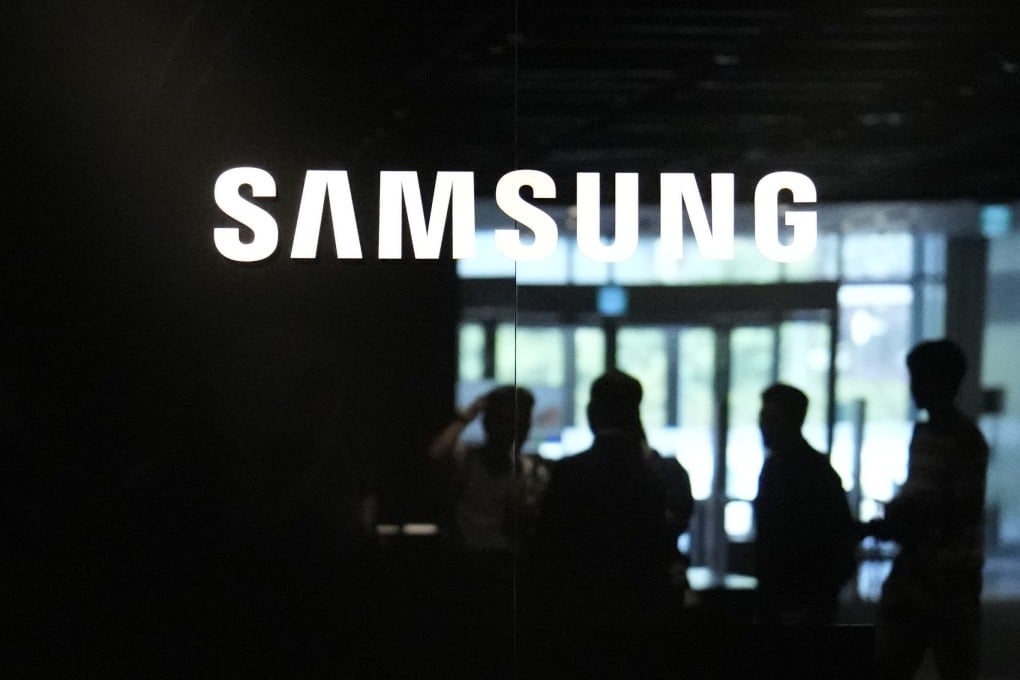Why Samsung, TSMC are keeping cutting-edge chip production at home despite overseas incentives
- Samsung is expected to begin mass production of 2-nanometre chips next year in South Korea, while TSMC will do so in Taiwan
- Keeping advanced production at home allows companies to take advantage of better cost-efficiency and a more stable labour supply, analysts say

This article was first published by The Korea Times in a partnership with the South China Morning Post.
Samsung Electronics and Taiwan Semiconductor Manufacturing Company (TSMC) are keeping their most cutting-edge semiconductor plants on their respective home turfs, even as the companies rush to expand investments in the US, Japan and elsewhere.
Samsung, one of the largest chip makers in the world, planned to invest a total of 500 trillion won (US$371 billion) by 2047 in a “mega-cluster” semiconductor project south of Seoul, the South Korean government said in mid-January. The facility is expected to focus on advanced products including chips made using the 2-nanometre process.
Days after the Korean announcement, TSMC chairman Mark Liu said at an earnings call that the company was planning to build fabs that make 2-nm chips in science parks in Taiwan’s Hsinchu and Kaohsiung cities. He also revealed that the firm was working to get government approval to build another 2-nm fab in Taichung.
Both companies aim to begin mass production using 2-nm process technology in 2025.
Samsung and TSMC are doubling down on domestic investments as they grapple with various challenges in building production bases in the US amid Washington’s drive to boost local chip manufacturing and undermine China’s goal of achieving chip self-sufficiency.
